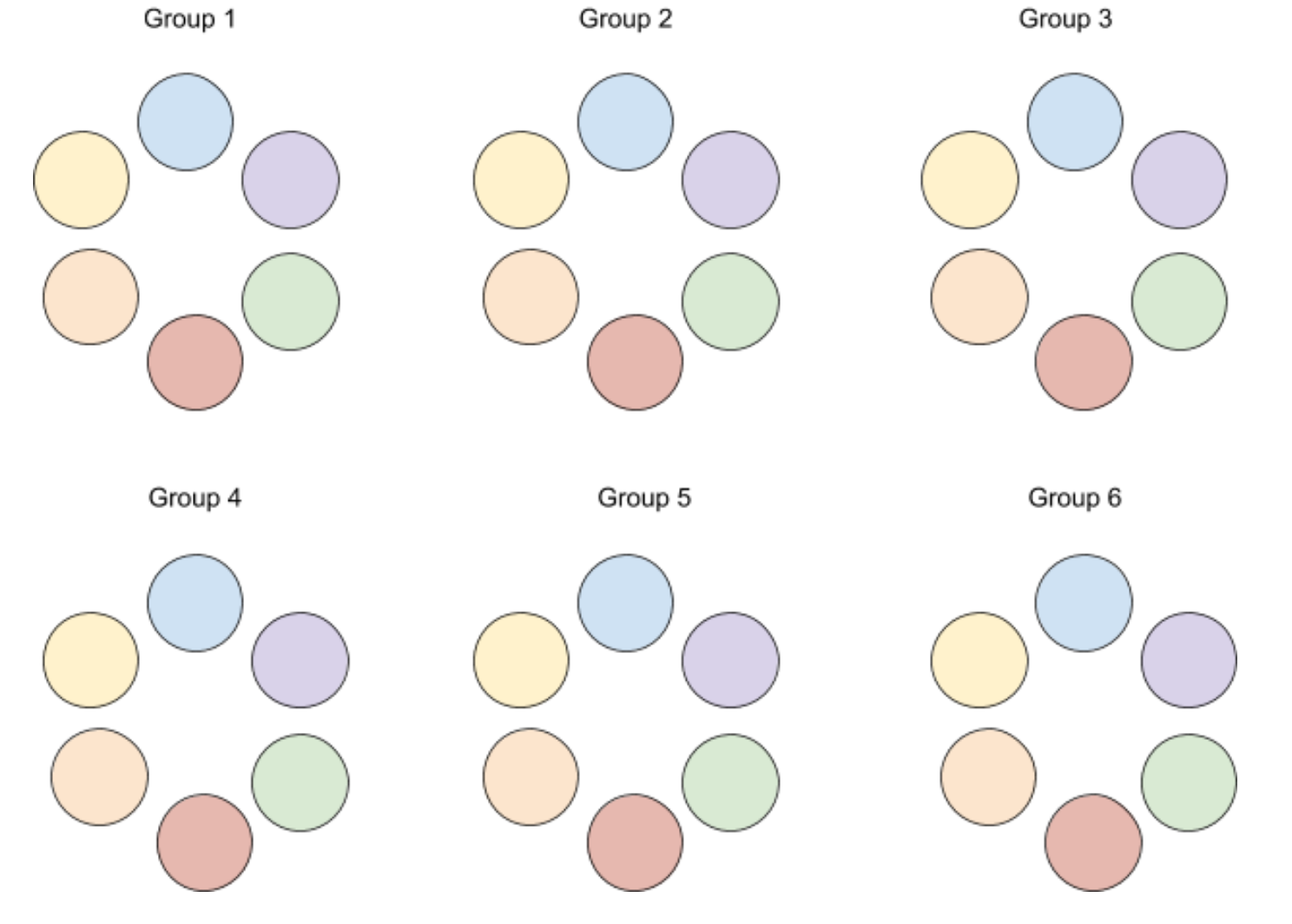Roles
Team Roles
An important part of the Remaking the Future Framework are the roles that students can take on, or be assigned, during the class. These roles are designed to provide guidance for students on how to interact with the course material and projects. While the roles, like all aspects of the framework, are optional, they are a useful tool that can be implemented in a variety of ways.
There are six roles that can be divided up into two categories; research and implementation.
Research:
- Researcher
- Sustainer
- Disrupter
Implementation:
- Leader
- Communicator
- Designer
Role Description:
- The Leader - Someone who evaluates data, and makes decisions about which course of action to take. They direct the team towards their goals and assist in delegating duties. They also work to support other team members and solve conflicts.
- Belbin's - Co-coordinator, Team Worker, Monitor Evaluator
- The Disrupter - Someone who is seeking a radical change in how things are done. They look for new, innovative ideas and are undaunted in the face of challenges.
- Belbin's - Shaper, Plant
- The Sustainer - Someone who is reluctant to make sweeping changes, and would rather improve or defend the current system They look to turn plans into actions, and keep everything organized. They also pay attention to details.
- Belbin's - Implementer, Completer Finisher
- The Designer - Someone who looks for ways to implement the current data. They network with other people and are great at obtaining information. They also keep an eye on detail and think of innovative ideas and solutions.
- Belbin's - Resource Investigator, Completer Finisher, Shaper
- The Researcher - Someone who finds and synthesizes the relevant information. They use their expertise to identify problems and find solutions. They also look to evaluate information, understand it, before making a decision.
- Belbin's - Plant, Specialist, Monitor Evaluator
- The Communicator - Someone who looks for effective strategies to inform others about what the current issues and solutions are. They seek out others for information, and communicate the team's needs, goals and accomplishments. They strive to make connections between ideas and people. They also find ways to support the team and resolve conflicts.
- Belbin's - Resource Investigator, Team Worker, Co-coordinator
While the roles help to guide students, they are not intended to be absolute. The researcher wouldn't’t be the only one doing research, and the leader isn't’t the only one making decisions. Instead, those roles act as the primary coordinator for those aspects of the project, with everyone contributing to the work.
There is, of course, the option to make these roles less fluid, and have students be more rigidly associated with them, if that makes more sense for your course. So that a Leader makes most of the decision, and a Researcher does all of the research.
Potential Organization Structures
For courses that have a project component, there are several ways that students could be organized by role in the groups.
They could be grouped so that one, or several group members, take on each role. This works if each group is working on it’s own project, so that they would need each role within the group.

They could also be grouped so that each group is made up only of a single role. In this situation you’d have a leadership group, a design group, a research group etc. This works best if the course is focused on a single task, or large class project.

It depends on the goal of your course, and how you have structured the activities and projects.

